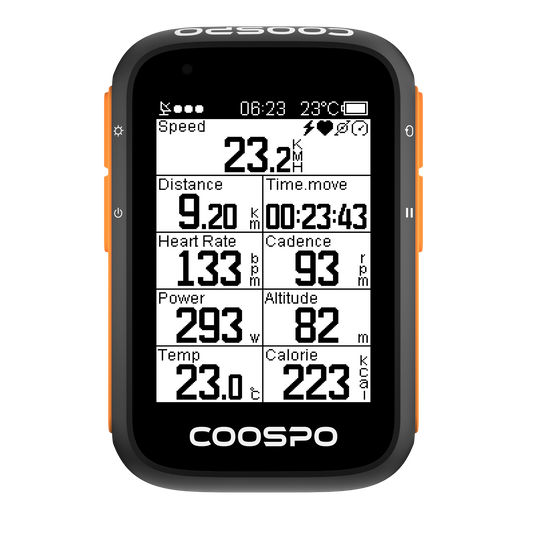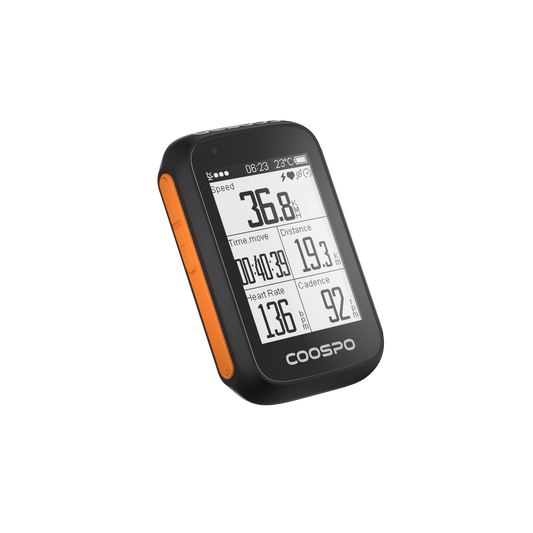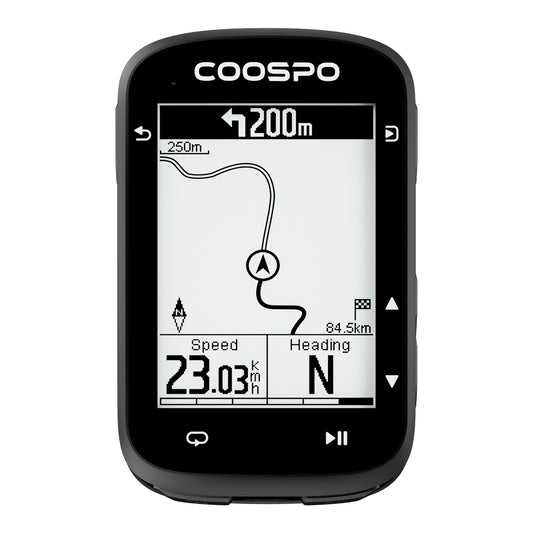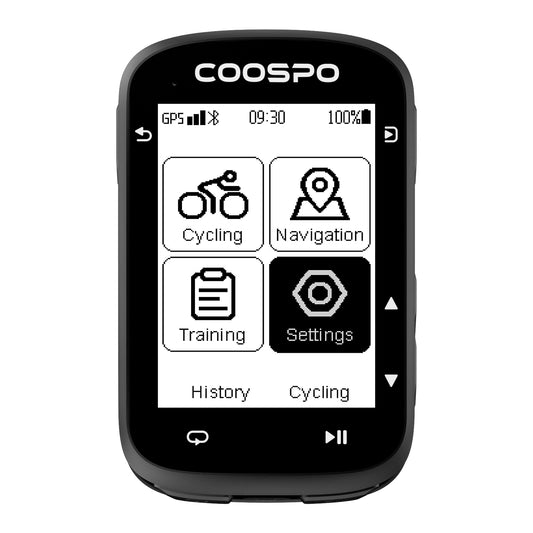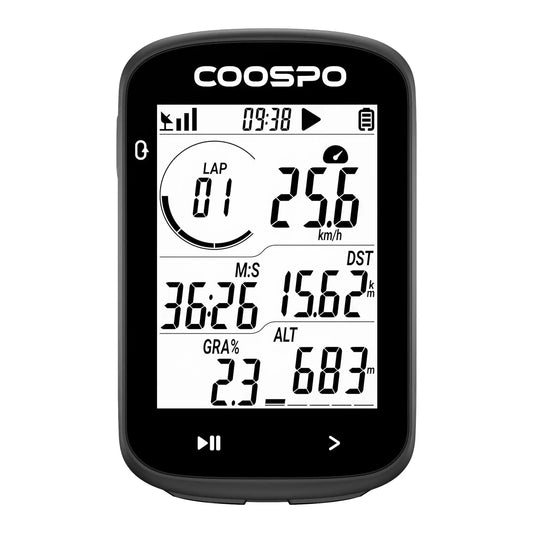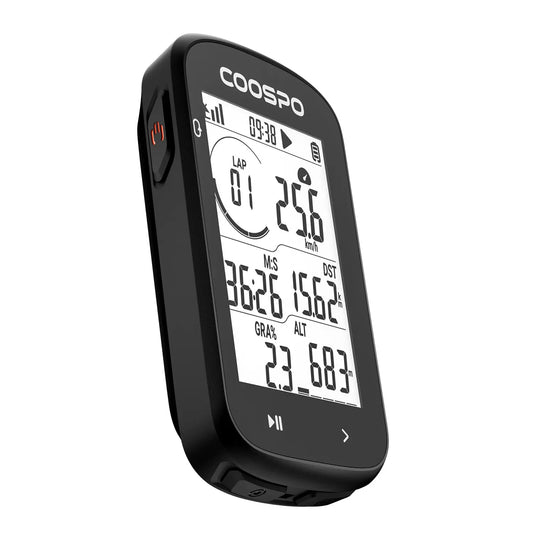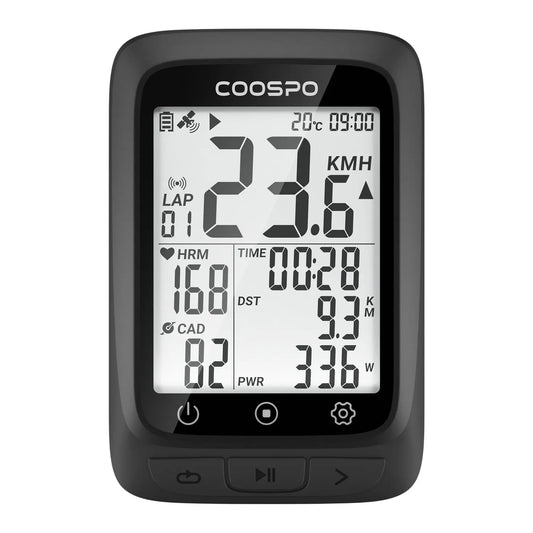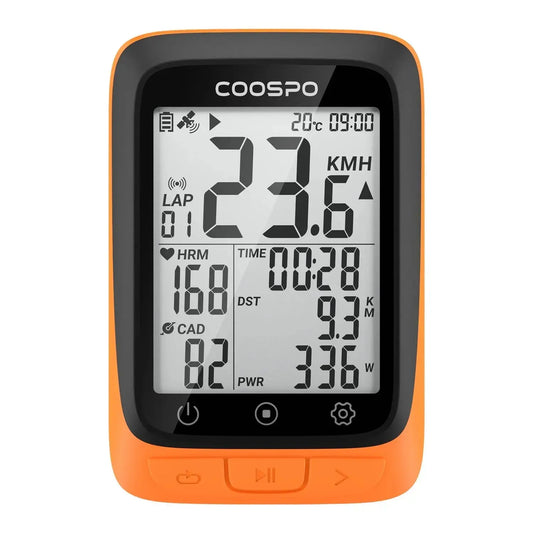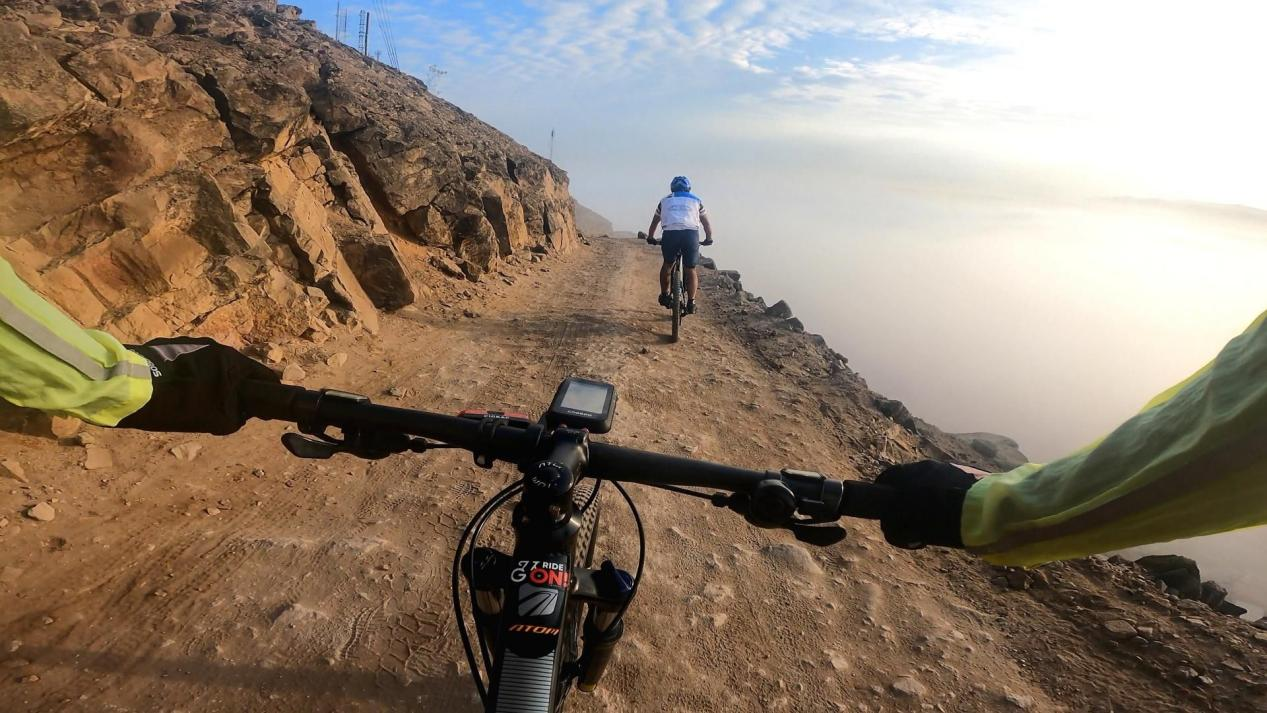Advantages and Disadvantages of Running on Various Surfaces
Advantages and Disadvantages of Running on Various Surfaces
Running is a flexible sport you can do anywhere, on any kind of ground. Choosing the right ground can make your running better and safer, and help avoid injuries.
The other benefit of running on different surfaces is that some are more effective than others for burning calories. The tougher the terrain, the more your muscles and bodywork, resulting in a greater calorie burn.
If you're new to running, running on pavement might be too hard on your body. It's unyielding, and the constant pounding of your feet can cause injuries that even the best running shoes can't prevent. Running on soft ground is easier on your joints, but it also needs more effort. Your body might not be ready for this right away.
The key is to find a route and terrain that you enjoy running on and that offer the best possible workout. The solution is to try a variety and see which suits you best and is accessible, allowing you to realistically fit it into your schedule.
TREADMILL
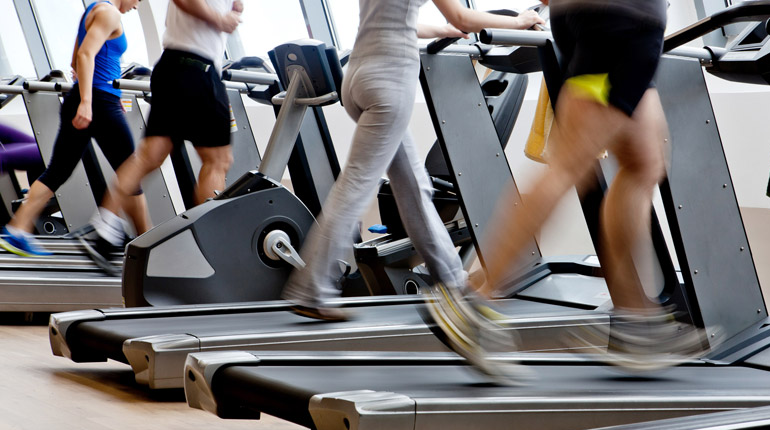
Pros
Controlled Environment: Watch the calories disappear on the screen as you exercise. Treadmills let you manage speed, incline, and even mimic various running situations. It's perfect for interval training and keeping a steady pace.
Weather-Proof: Running indoors lets you avoid bad weather like rain, snow, or very hot weather. This means you can keep to your running plan all year.
Reduced Impact: Modern treadmills are designed with cushioning systems that reduce the impact on joints, which can be beneficial for runners recovering from injuries or those with joint issues.
Convenience: Treadmills are available in gyms and homes, providing a convenient option for those with limited time or access to outdoor running spaces.
Cons
Monotony: Running on a treadmill can become tedious because of the unchanging scenery, which may reduce motivation and enjoyment.
Limited Muscle Engagement: Treadmill running might involve fewer stabilizing muscles than outdoor running, as the belt helps with forward propulsion.
Cost: High-quality treadmills can be costly to buy and maintain, which may not be affordable for everyone. Alternatively, you might need to join a gym, which isn't always cost-effective.
TRAIL

Pros
Natural Surroundings: Trail running offers the opportunity to enjoy nature, which can enhance mental well-being and reduce stress.
Varied Terrain: The uneven terrain and elevation changes on trails provide a comprehensive workout, engaging different muscle groups and improving balance and agility.
Reduced Impact: Limited impact on the body. Softer surfaces like dirt and mulch trails are gentler on the joints compared to harder surfaces like concrete.
Cons
Risk of Injury: Rough paths can make you trip, twist your ankle, or get hurt in other ways. People who run on trails must be careful and wear the right shoes. If you leave the path, be careful of things like tree roots that could trip you.
Accessibility: Trails may not be easily accessible to everyone, especially those living in urban areas.
Weather Dependency: Trails might get muddy and unsafe in poor weather, so they're not always good for running. Be careful when it's wet, as leaves and the ground can get slippery.
GRASS

Pros
Low Impact: Grass is soft and lessens the strain on joints. It's perfect for runners who often get injuries or need a recovery run.
Makes You Stronger: Running on grass is harder than running on hard surfaces. This can make the muscles in your legs stronger and help you keep going for longer.
Versatility: There are lots of parks and fields for running on grass. These green spaces are great for exercise. They make you feel free.
Cons
Uneven Surface: It's tricky to find flat, well-lit places to run. Be careful. Rough ground can hurt your ankles and feet, leading to injuries. It can also cover dangers like holes or rocks, making injuries more likely.
Weather Impact: Not the best surface after heavy rain, as it can become slippery or boggy.
SAND
Pros
High Resistance: Running on sand demands more effort, offering an intense workout. This can reinforce muscles, especially in the legs and core, and promote significant calorie burn.
Low Impact: The soft surface of sand mitigates the impact on joints, which is advantageous for injury prevention and recovery.
Scenic Environment: Running on the beach can be refreshing and enjoyable, taking advantage of the beautiful seaside environment.
Cons
Increased Fatigue: The resistance from sand can cause quicker fatigue, making it unsuitable for long-distance runs.
Stability Issues: The shifting nature of sand can challenge balance and stability, and running on soft sand can lead to ankle or Achilles injuries.
Limited Availability: Since not everyone has easy access to beaches, sand running may not be a readily accessible option.
CONCRETE

Pros
Durability: Concrete provides a durable and steady surface. It's typically flat and well-maintained, which allows for stable running conditions and predictable footing.
Accessibility: Concrete surfaces are often readily accessible, especially for city dwellers. You can choose a route based on its specific length, and most paths are well-lit at night, enhancing safety.
Speed Training: The rigid surface of concrete is perfect for speed training. It offers excellent energy return with each stride.
Cons
High Impact: Concrete, being a rigid surface, exerts greater pressure on the joints, thereby heightening the likelihood of impact-related injuries such as shin splints or stress fractures.
Wear and Tear on Footwear: Running on concrete can wear down running shoes more quickly, leading to increased costs for replacements.
Urban Hazards: City running on concrete surfaces can expose runners to traffic, pollution, and crowded conditions, which can be hazardous and unpleasant.
TRACKS


Pros
Consistent Surface: Running tracks provide a smooth, even surface that is ideal for speed work and interval training.
Measured Distances: Tracks are typically marked with distances, making it easy to measure and track your running progress and performance.
Low Impact: Many modern tracks are made from materials designed to reduce impact, protecting joints and reducing the risk of injury.
Cons
Monotony: Not suitable for long-distance running. Running multiple laps around a track can become repetitive and mentally challenging for some runners.
Limited Space: Tracks may become crowded, especially during peak times, making it difficult to maintain a consistent pace or perform specific workouts.
Accessibility: Access to a quality track can be limited, particularly for those not near schools or athletic facilities.
When running on different surfaces, a heart rate monitor can be super useful. Each surface, like asphalt, grass, or sand, affects your body differently and changes your heart rate. By using a heart rate monitor, you can see how hard your body is working in real-time, adjust your intensity, avoid overexertion, and reduce the risk of injury, making your training more effective.



